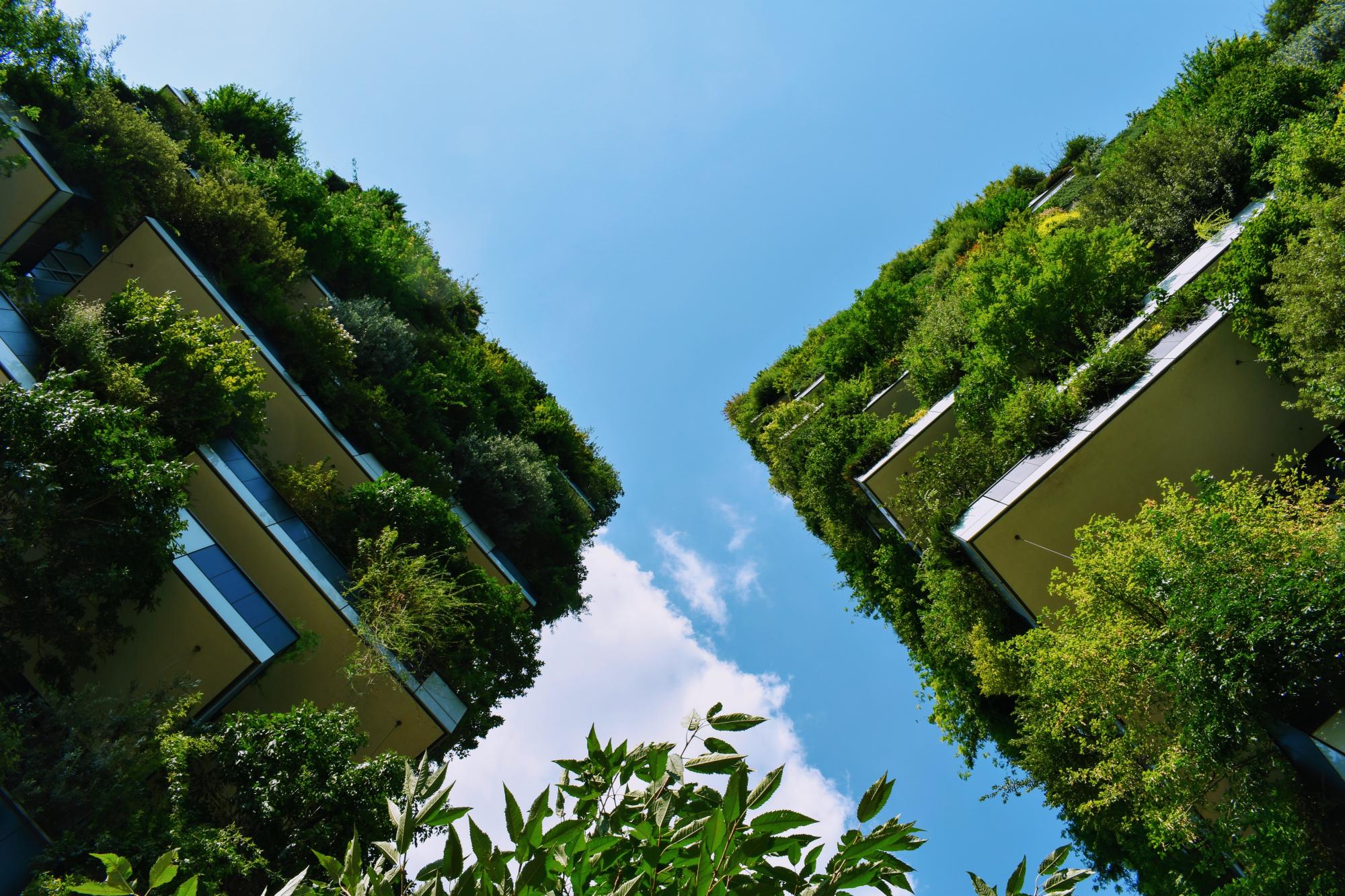The creation of pocket parks is an urban initiative that has steadily grown throughout Budapest since 2010 (Reference 1). Most of these projects are citizen-led, but there is often support provided in the form of education and consultancy by initiatives such as the Contemporary Architecture Center (KÉK), or sometimes the local government (Reference 8). These spaces, typically covering an area of 1400 square meters only, are multi-functional and provide a space for small-scale food production, recreation, community sharing, and can be a fundamental element of neighbourhood rehabilitation. Moreover, it provides positive environmental effects such as water retention and the improvement of the area's micro-climate. Pocket-parks are critical in increasing the number of green areas in neighbourhoods that have limited space. (Reference 9)
Overview
Nature-based solution
- Grey infrastructure featuring greens
- House gardens
- Parks and urban forests
- Pocket parks/neighbourhood green spaces
- Community gardens and allotments
- Community gardens
Key challenges
- Climate action for adaptation, resilience and mitigation (SDG 13)
- Climate change mitigation
- Water management (SDG 6)
- Flood protection
- Green space, habitats and biodiversity (SDG 15)
- Habitat and biodiversity conservation
- Green space creation and/or management
- Environmental quality
- Air quality improvement
- Regeneration, land-use and urban development
- Regulation of built environment
- Inclusive and effective governance (SDG 16)
- Inclusive governance
- Social justice, cohesion and equity (SDG 10)
- Social cohesion
- Social interaction
- Health and well-being (SDG 3)
- Improving physical health
- Creation of opportunities for recreation
- Sustainable consumption and production (SDG 12)
- Sustainable consumption
- Sustainable production
Focus
Project objectives
Implementation activities
Climate-focused activities
Climate change mitigation:
- Increase green urban nature for carbon storage (wetlands, tree cover)
- Install vertical or horizontal artificial surfaces that help with carbon storage and cooling
- Raise public awareness of behaviours, lifestyle and cultural changes with mitigation potential
Biodiversity conservation or restoration-focused activities
Biodiversity conservation:
- Protect and enhance urban habitats
- Preserve and strengthen existing habitats and ecosystems
- Means for conservation governance
- Public engagement
Biodiversity restoration:
- Restore species (native, endangered, or unspecified)
Main beneficiaries
- Citizens or community groups
- Marginalized groups: Elderly people, Socio-economically disadvantaged populations (e.g. low-income households, unemployed)
Governance
Management set-up
- Led by non-government actors
Type of initiating organisation
- Non-government organisation/civil society
- Citizens or community group
Participatory approaches/ community involvement
- Co-planning (e.g. stakeholder workshops, focus groups, participatory mapping)
- Crowd-sourcing/Crowd-funding/Participatory budget
- Dissemination of information and education
- Consultation (e.g. workshop, surveys, community meetings, town halls)
- Joint implementation (e.g. tree planting)
- Co-management/Joint management
Details on the roles of the organisations involved in the project
Project implemented in response to ...
Financing
Total cost
Source(s) of funding
- Funds provided by non-governmental organization (NGO)
- Crowdfunding
Type of funding
- Direct funding (grants, subsidies, or self-financed projects by private entities)
- Donations
- Membership or entrance fees
Non-financial contribution
- Provision of land
- Provision of goods
- Provision of labour
- Provision of expertise
- Public authorities (e.g. land, utility services)
- Citizens (e.g. volunteering)
Impacts and Monitoring
Environmental impacts
- Climate change
- Lowered local temperature
- Strengthened capacity to address climate hazards/natural disasters
- Enhanced carbon sequestration
- Environmental quality
- Improved air quality
- Green space and habitat
- Increased green space area
- Increased conservation or restoration of ecosystems
Economic impacts
- Unknown
Socio-cultural impacts
- Social justice and cohesion
- Improved social cohesion
- Improved access to urban green space
- Increased opportunities for social interaction
- Increased involvement of locals in the management of green spaces
- Increased access to healthy/affordable food
- Health and wellbeing
- Improved mental health
- Education
- Increased awareness of NBS and their benefits
- Other
Type of reported impacts
Presence of formal monitoring system
Presence of indicators used in reporting
Presence of monitoring/ evaluation reports
Availability of a web-based monitoring tool
References
2. Tart Kapukkal Varnak a Kozossegi Kertek! [The Community Questions Will Be Taken by the Killer! Blog Entry 08/04/2016]. GrundK3rt - Community Garden on Apáthy István street. Available at: Source link [Accessed: 19 Jun. 2020]
3. Francesco, A. (2017) Pocket Park: Product Urban design, The Design Journal, 20:sup1, S1869-S1878, Available at: Source link [Accessed: 19 Jun. 2020]
4. Sandor, F. (2013). The Budapest 2030 Long-Term Urban Development Concept Prepared: on behalf of the Urban Development Department of the Municipality of Budapest Mayor’s Office. Available at: Source link [Accessed: 19 Jun. 2020]
5. Blake, A. (2013). Pocket parks. University of Washington. Available at: Source link [Accessed: 19 Jun. 2020]
6. Community Gardens and KÉK (n.d.). kozossegi kertek. [online] Available at: Source link [Accessed: 19 Jun. 2020]
7. Bende, C. and Nagy, G. (2016). Effects of community gardens on local society: the case of two community gardens in Szeged. Available at: Source link [Accessed: 19 Jun. 2020]
8. Zacharias, M. et al. (n.d.). Sustainable community gardening in cities. Hortis – Horticulture in towns for inclusion and socialisation (n. 526476-LLP-1-2012-1-IT-GRUNDTVIG-GMP). Available at: Source link [Accessed: 19 Jun. 2020]
9. Marton Kallai - Urban Nature - Community Gardens in Budapest (2016). Maimano. [link unavailable in 2020]
10. Source link. (2018). Budapest - NBS for climate resilience and pollution control. [online] Available at: Source link [Accessed: 18 Jul. 2020]
